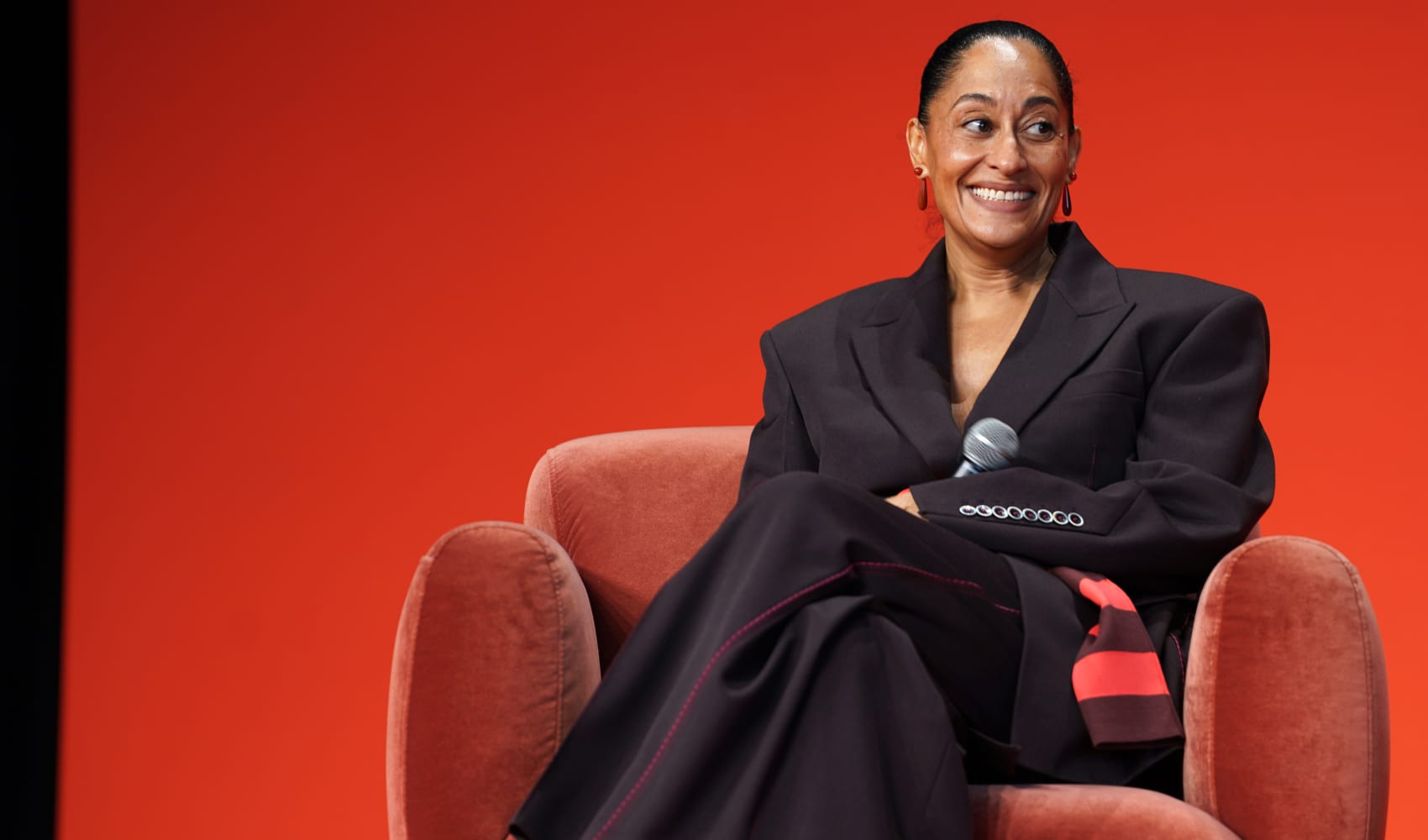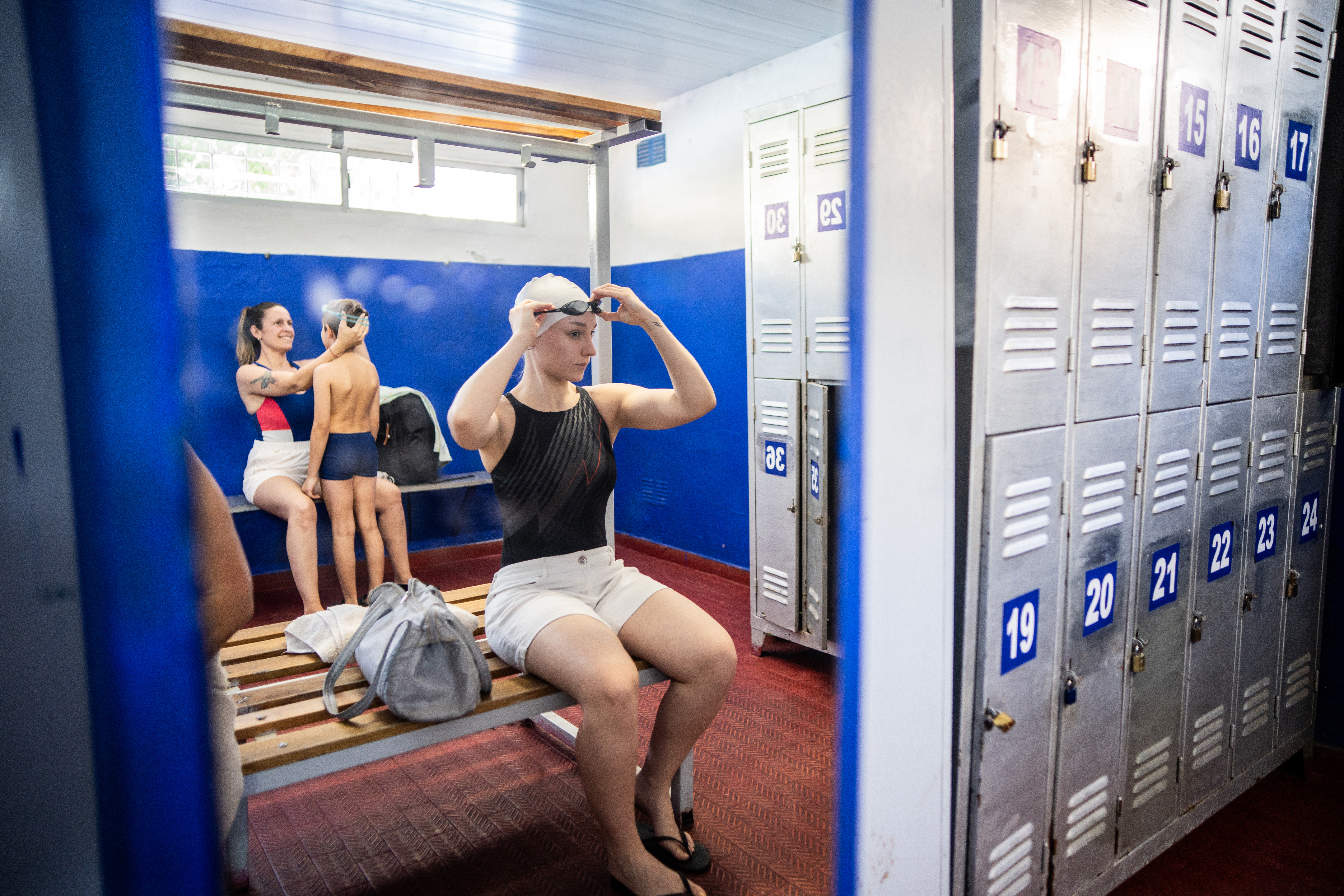Tracee Ellis Ross: Redefining Life Beyond 50 & Motherhood
Tracee Ellis Ross: Redefining Worth Beyond Motherhood
Introduction: The Unfolding Narrative of Tracee Ellis Ross
Tracee Ellis Ross, a name synonymous with grace, talent, and authentic self-expression, has captivated audiences for years. As the daughter of the iconic Diana Ross, she’s been in the public eye almost her entire life. But with fame comes scrutiny, and for Tracee, that often manifests as expectations about the "right" way to live her life at 52. Haven't we all felt that societal pressure to conform to a certain timeline?
While she's celebrated for her roles in award-winning series like “Black-ish” and for the phenomenal success of her haircare company, Pattern, Tracee Ellis Ross often finds herself navigating a sea of opinions about her personal life. Specifically, the fact that she is neither married nor a mother. But is that really the measure of a woman's worth? Let's delve into how she's challenging these archaic expectations.
The Weight of Expectations: A Universal Struggle
During a recent interview at the New York Times Well Festival, Ross openly discussed the impact of other people's expectations. “It limited my understanding of what was possible,” she confessed. It's a sentiment many women, and frankly, many individuals, can relate to. How often do we allow external pressures to dictate our choices, our dreams, and ultimately, our happiness?
“It undermined my sense of worth and self and joy until I realized it was somebody else’s idea. And I get caught in it still.” This raw honesty is a powerful reminder that even those who appear to have it all still grapple with the same insecurities and societal pressures.
The Shifting Sands: Redefining Family and Purpose
It's not just Tracee Ellis Ross; a growing number of Americans are choosing to have children later in life or not at all. This societal shift reflects a changing understanding of family and personal fulfillment. The traditional narrative of marriage and children as the ultimate life goals is slowly being replaced by a more nuanced and individualistic perspective. But what's driving this change?
Delayed Parenthood: Prioritizing Career and Self-Discovery
Many individuals are prioritizing career aspirations, personal growth, and financial stability before starting a family. This conscious choice allows for a more intentional and prepared approach to parenthood, should they choose it. It's about building a solid foundation before adding another layer to the mix.
The Freedom of Choice: Exploring Alternative Paths
Others are simply choosing a different path altogether. They find fulfillment in careers, hobbies, travel, relationships, and other pursuits that don't necessarily involve children. This isn't a rejection of family; it's an embrace of personal freedom and the exploration of alternative definitions of happiness. After all, isn't the pursuit of happiness a fundamental right?
Tracee Ellis Ross: A Champion of Self-Acceptance
Tracee Ellis Ross embodies this spirit of self-acceptance. She’s not just passively accepting her life; she's actively shaping it according to her own values and desires. She's a role model for anyone who has ever felt pressured to conform to societal expectations. Her journey is a testament to the power of self-discovery and the importance of defining your own worth.
Beyond Motherhood: Tracee's Accomplishments and Impact
Let's not forget the incredible accomplishments of Tracee Ellis Ross. Her acting career has brought joy and laughter to millions. Her entrepreneurial venture, Pattern Beauty, has revolutionized the haircare industry, providing inclusive and empowering solutions for textured hair. These are not insignificant achievements; they are tangible contributions to society and a testament to her talent and dedication.
"Black-ish": A Legacy of Laughter and Representation
Her role as Rainbow Johnson on "Black-ish" was groundbreaking, showcasing a complex and relatable portrayal of a modern Black family. The show tackled important social issues with humor and heart, leaving a lasting impact on television and popular culture. Wasn't "Black-ish" more than just a sitcom? It was a cultural mirror.
Pattern Beauty: Empowering Through Haircare
Pattern Beauty is more than just a haircare brand; it's a movement. Ross created a space where people with textured hair feel seen, understood, and celebrated. She's not just selling products; she's selling confidence and self-love. And that's a powerful message.
The Power of Perspective: Reframing the Narrative
The key takeaway from Tracee Ellis Ross's story is the importance of perspective. It's about reframing the narrative and challenging the outdated notion that a woman's worth is tied to her marital status or motherhood. It's about recognizing that happiness and fulfillment can be found in countless ways, and that the only opinion that truly matters is your own.
Challenging the Status Quo: Societal Shifts in Progress
We are witnessing a gradual but significant shift in societal attitudes towards marriage and family. While traditional values still hold weight for many, there is a growing acceptance of diverse lifestyles and choices. This evolution is driven by factors such as increased female empowerment, greater access to education and career opportunities, and a more open and inclusive dialogue about personal fulfillment.
Redefining Success: A Personal Journey
Ultimately, success is a personal journey, not a destination dictated by societal norms. It's about identifying your own values, pursuing your passions, and living a life that aligns with your authentic self. It's about embracing your individuality and refusing to be defined by external expectations.
The Importance of Self-Love and Acceptance
Self-love and acceptance are the cornerstones of a fulfilling life. When we embrace our imperfections, celebrate our strengths, and prioritize our own well-being, we become more resilient to external pressures and more capable of creating a life that truly reflects our values. Isn't self-love the foundation for all other forms of love?
Finding Joy in the Present: Living in the Moment
One of the most valuable lessons we can learn from Tracee Ellis Ross is the importance of finding joy in the present moment. Instead of dwelling on what we "should" be doing or what others expect of us, we can focus on appreciating the blessings we already have and embracing the opportunities that lie before us. After all, isn't life about the journey, not just the destination?
The Ripple Effect: Inspiring Others to Embrace Authenticity
Tracee Ellis Ross's willingness to speak openly about her experiences has a ripple effect, inspiring others to embrace their own authenticity and challenge societal norms. By sharing her story, she empowers individuals to break free from the confines of expectation and create lives that are truly their own. And that's a powerful legacy.
Conclusion: The Enduring Message of Self-Definition
Tracee Ellis Ross's journey is a powerful reminder that our worth is not defined by our marital status or parental status. It's defined by our character, our contributions, and our commitment to living a life that is authentic and fulfilling. She encourages us to question societal expectations, embrace our individuality, and define success on our own terms. In a world that often tries to box us in, Tracee Ellis Ross stands as a beacon of self-definition and empowerment.
Frequently Asked Questions (FAQs)
Q: Why does society place so much emphasis on marriage and children?
A: Historically, marriage and children were essential for societal survival and economic stability. These traditions have been passed down through generations, creating ingrained expectations. However, with advancements in healthcare, technology, and social structures, the need for traditional family models has evolved.
Q: How can I cope with pressure from family and friends to get married or have children?
A: Open communication is key. Explain your perspective and choices clearly and respectfully. Set boundaries and don't be afraid to politely decline unwanted advice. Remember, your happiness is paramount.
Q: Is it selfish to choose not to have children?
A: Absolutely not! Choosing whether or not to have children is a deeply personal decision. It's not selfish to prioritize your own happiness and well-being. In fact, bringing a child into the world should be a conscious and well-considered choice, not an obligation.
Q: What are some alternative ways to find fulfillment outside of marriage and parenthood?
A: The possibilities are endless! Pursue your passions, invest in your career, travel the world, volunteer for causes you care about, nurture meaningful relationships, learn new skills, and prioritize your physical and mental health. The key is to find activities and connections that bring you joy and purpose.
Q: How can I support friends or family members who are choosing unconventional life paths?
A: Offer unconditional support and understanding. Listen without judgment, celebrate their accomplishments, and respect their choices. Avoid making assumptions or offering unsolicited advice. Simply be there for them as they navigate their own unique journeys.

